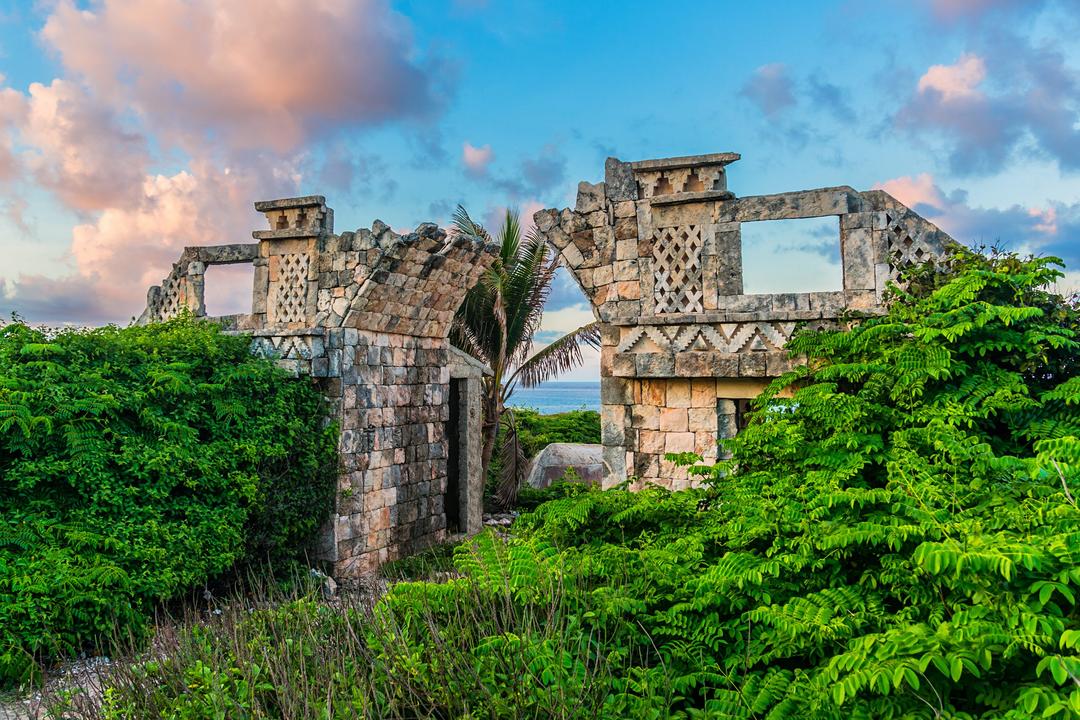Aztec symbols
In every culture there is a symbology that lays the foundations of an entire society. Like others, the Aztec culture has been one of the most important and richest that have existed in the world.
Aztec symbols and their meanings
One of the most important symbols for the ancient Aztecs was the Stone of the Sun, in which the way of seeing and acting in society was embodied. Thanks to the explanations in the book Piedra el sol written by Celeste Álvarez López we can know the monolith in depth.
In the Stone of the Sun you can see, among many other things, the following elements: Tonatiuh, the sun god and his different warrior ornaments are represented. Also represented are Ometecuhtli-Omecihuatl, gods of duality, another of the many Aztec gods of the country’s mythology.
The monolith is divided into different circles in which concepts such as time, gods, among others, are represented. It is believed to have been a tribute to the sun god and was completed in 1479.
According to the Aztecs, there had been 4 previous eras in the world and there were different causes that made them fall. On the rock we can see the representation of each one of them, counterclockwise: starting with the first sun: four jaguar or also known as Nahui Océlotl, then the second sun or four wind, Nahui Ehécatl. We continue through the third sun or four rains Nahhui Quiyáhuitl.
We continue through the fourth sun or four waters Nahui Atl, the last era before the Aztecs. The fifth and last representation described by the ancient Aztecs would end with a great tremor, hence its name four movements.
Mexica symbols
Another of the great Mexica symbols that have reached our days and that have meant a revolution to know the importance they gave to astronomy and time in general is the Xiupóhualli calendar and also the Tonalpohualli calendar.
The first of these was the calendar of the year, composed of 365 days and 18 months of 20 days each. The second was the calendar that comprised 260 days, divided into 20 weeks and 13 days, relating the dates to the cardinal points and lunar phases.
Mayan symbols
The Maya had one of the most complex hieroglyphic systems in the world, composed of up to 800 signs that have been found in different archaeological sites and archaeological zones throughout Mexico.
Within all the Mayan symbology, we could highlight the Tzolkin calendars, the Haab or the Calendar Wheel. The Tzolkin calendar was composed of 260 days which in turn is divided into different numbers and hieroglyphs that relate to dates of great importance.
On the other hand we have the Haab, the calendar has 365 days divided into 18 months of 20 days each. Thanks to the Haab and the Tzolkin, it was possible to create the Calendar Wheel, a union of both calendars.
Related Posts:Aztec symbols
Continue informing yourself...

Xoximilco Cancun Party

What to do in Cancun (Part 1)

Have you Been to Marimba Park?

